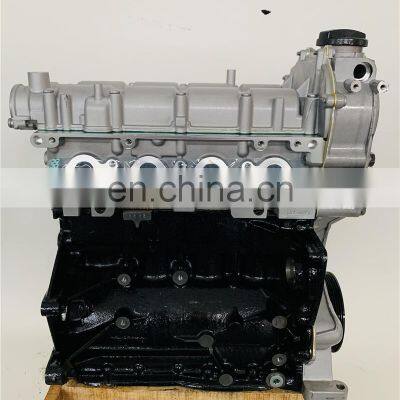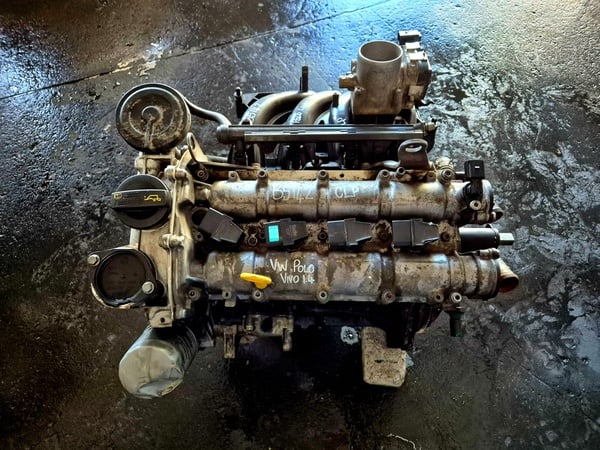Just How a Clp Engine Can Enhance Effectiveness in Different Industries
The development of CLP engines marks a significant change in functional efficiency throughout different fields, driven by their capability to maximize gas usage and lessen downtime. Industries such as manufacturing and logistics stand to obtain considerably from their robust design and consistent power result, which guarantee to simplify operations and enhance efficiency. As companies progressively prioritize sustainability alongside effectiveness, the role of CLP engines ends up being even much more important. What stays to be seen is how these improvements will shape the future landscape of commercial operations and their influence on more comprehensive economic patterns (clp engine).
Review of CLP Engines
CLP engines, or Continual Fluid Propellant engines, stand for a substantial advancement in propulsion modern technology, especially for room applications. These engines use a constant feed system that permits the sustained expulsion of propellant, resulting in boosted efficiency and performance contrasted to conventional strong or hybrid propulsion systems. By preserving a consistent flow of liquid propellant, CLP engines can attain a lot more specific thrust control, which is crucial for maneuvering spacecraft in different mission situations.
The layout of CLP engines incorporates innovative products and ingenious fuel administration systems. clp engine. This results in lowered weight and raised reliability, vital elements for long-duration room missions. The constant procedure reduces the risk of combustion instability, a common challenge in conventional rocket engines.

Benefits in Manufacturing
The manufacturing of Constant Fluid Propellant (CLP) engines offers a number of remarkable benefits that improve both efficiency and cost-effectiveness. Among the main benefits is the structured production process, which lowers the intricacy associated with conventional propulsion systems. By making use of fluid propellant, suppliers can accomplish higher precision in engine efficiency, resulting in enhanced energy output and reduced waste.
Additionally, CLP engines facilitate a higher degree of modularity, permitting easier combination into different manufacturing lines. This versatility can dramatically lower lead times and boost general functional adaptability. Making use of CLP technology additionally has a tendency to lessen the need for comprehensive maintenance as a result of less moving components, which translates into reduced downtime and functional costs.

Applications in Logistics
Leveraging Continual Fluid Propellant (CLP) engines in logistics supplies substantial advantages in operational effectiveness and dependability. These engines supply a robust solution for various transportation requirements, allowing the seamless motion of products throughout huge distances. The intrinsic layout of CLP engines enables regular power output, which converts right into smoother and a lot more foreseeable transportation routines.
Among the key applications of CLP engines in logistics is in heavy-duty products transportation, where they can drive both ground and airborne vehicles. Their ability to maintain high efficiency under differing lots problems ensures that delivery timelines are met, therefore improving client complete satisfaction. In addition, CLP engines can be integrated right into automated logistics systems, promoting real-time tracking and maximizing route planning.
Furthermore, the toughness of CLP engines reduces maintenance downtime, permitting logistics companies to maximize their operational capabilities. This is especially helpful in warehousing procedures, where performance in taking care of and transporting items is vital. As logistics remains to advance, the combination of CLP engines stands for a forward-thinking strategy that not only improves efficiency yet likewise sustains the market's expanding demands for reliability and speed.
Effect on Energy Effectiveness
Just How do Constant Liquid Propellant (CLP) engines boost power efficiency in transportation? CLP engines use a regular circulation of look at this web-site fluid gas, maximizing combustion processes and maintaining a stable thrust result. This design decreases power losses connected with traditional burning engines, where fuel distribution can differ and lead to ineffectiveness.
The constant procedure of CLP engines permits for a much more efficient thermal cycle, leading to greater specific impulse contrasted to traditional engines. clp engine. This equates to minimized fuel usage for the very same amount of work done, considerably lowering functional costs across numerous transport fields, including aviation and maritime markets
Moreover, the ability of CLP engines to keep ideal performance under varying lots conditions minimizes the need for frequent acceleration and deceleration, better boosting gas efficiency. Enhanced energy effectiveness not only adds to set you back savings but also results in reduce greenhouse gas exhausts, straightening with international sustainability objectives.
Future Trends and Innovations
Arising improvements in Constant Fluid Propellant (CLP) engine innovation guarantee to revolutionize the landscape of transport effectiveness and sustainability. As markets pivot toward greener alternatives, CLP engines stand at the center, integrating innovative products and design methods that improve performance while decreasing ecological impact.
One of one of the most promising patterns is the adoption of hybrid systems that combine CLP engines with renewable energy sources. This synergy can optimize gas usage and minimize emissions, aligning with international click now sustainability goals. In addition, advancements in computational fluid characteristics (CFD) are facilitating the style of even more aerodynamically efficient engines, leading to minimized drag and boosted fuel effectiveness.
In addition, the growth of smart tracking systems is set to improve operational efficiencies. These systems take advantage of data analytics and IoT technology to optimize engine performance in real-time, guaranteeing that the engines run within their most effective specifications.
As research remains to discover alternate propellant formulas-- such as biofuels and synthetic fuels-- the future of CLP engines looks promising. By using these technologies, markets can not only improve their effectiveness but additionally contribute considerably to a cleaner, more lasting future in transport.
Conclusion
In verdict, CLP engines represent a considerable advancement check in efficiency across several industries. The combination of advanced materials and less moving parts lessens maintenance needs, while alignment with sustainability goals positions CLP engines as a pivotal modern technology for the future.